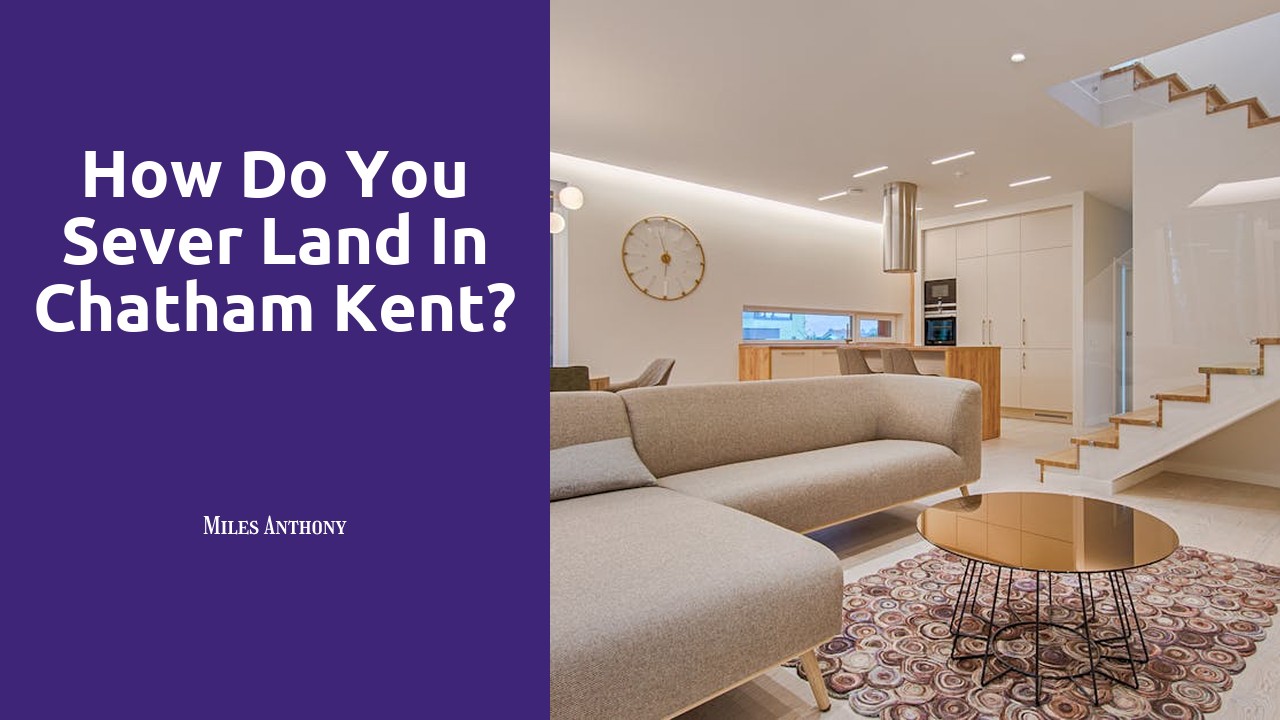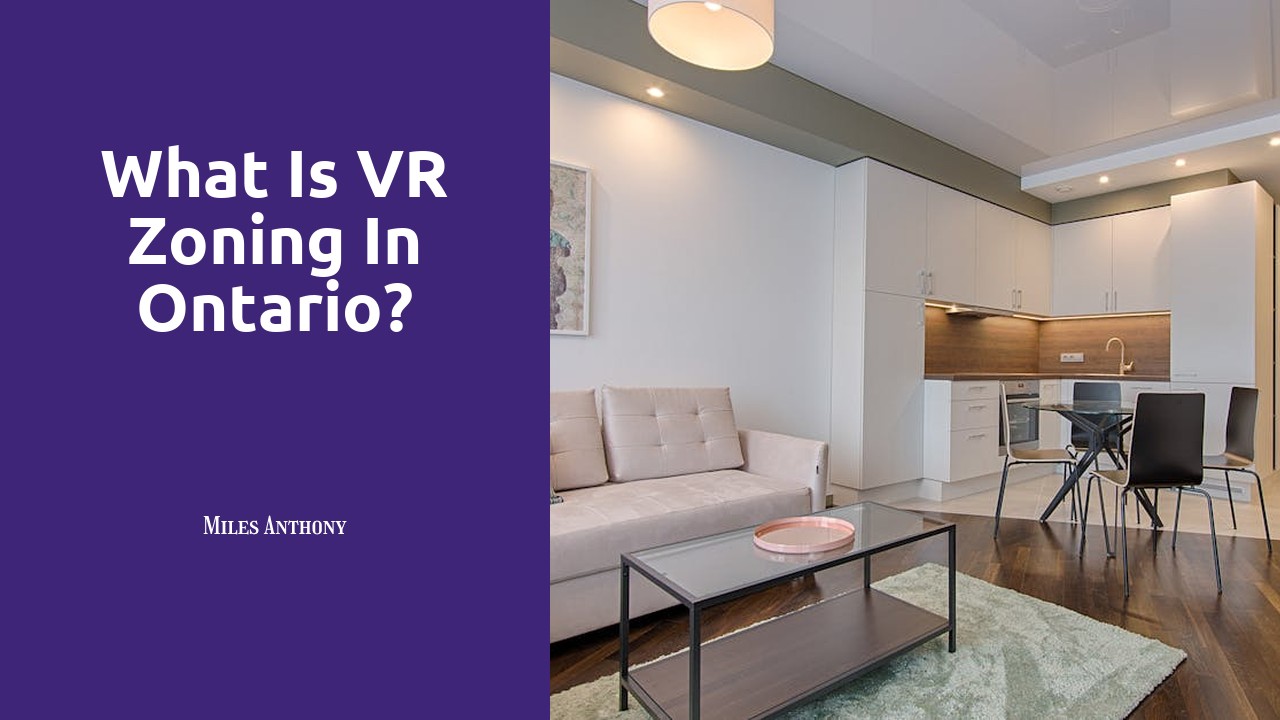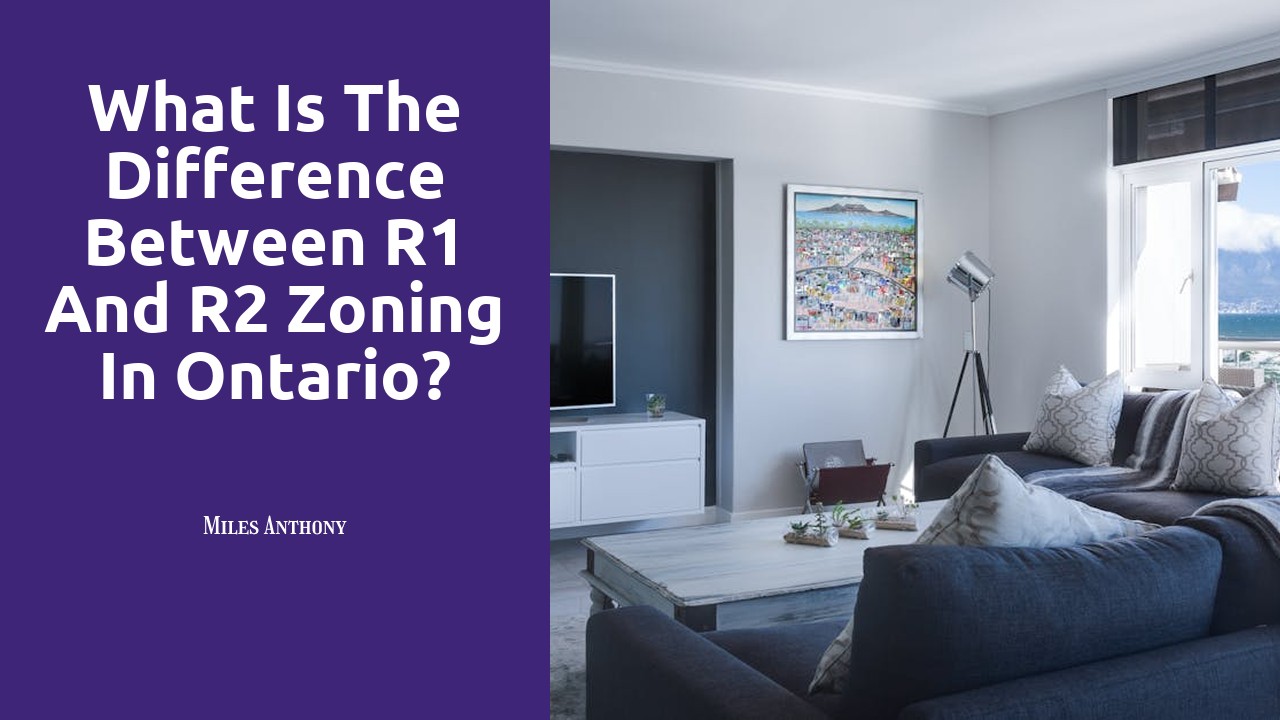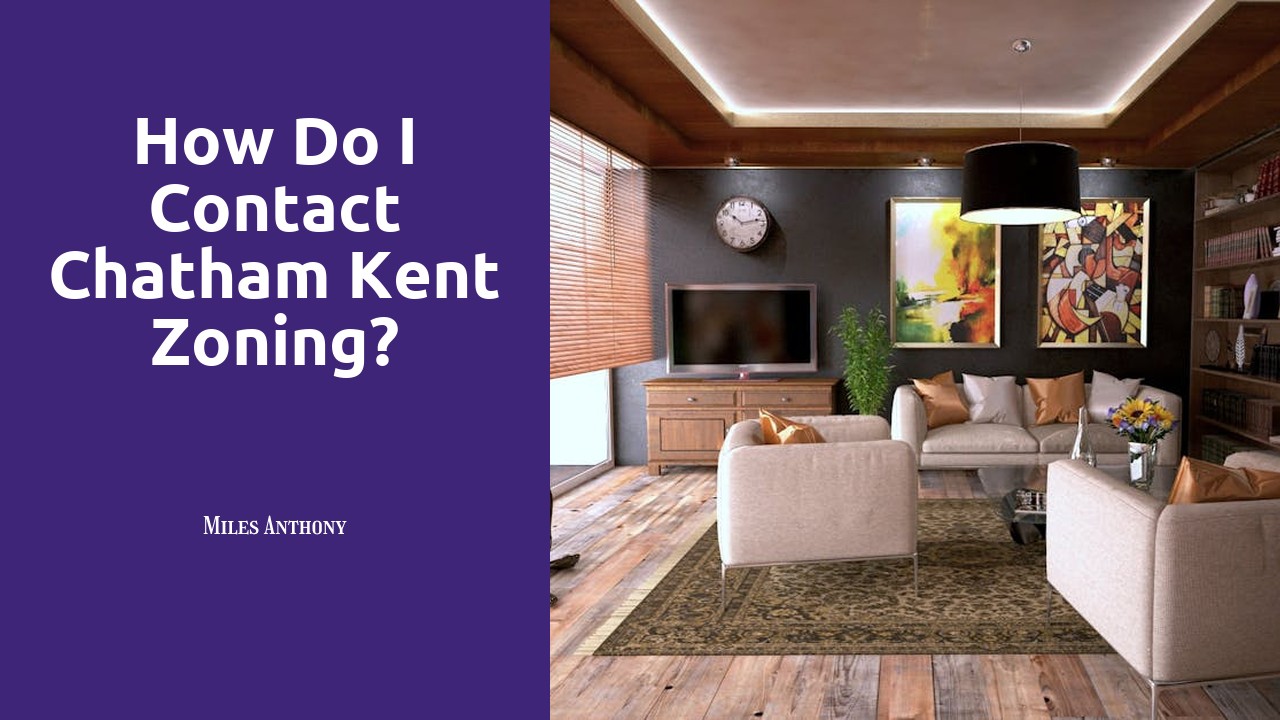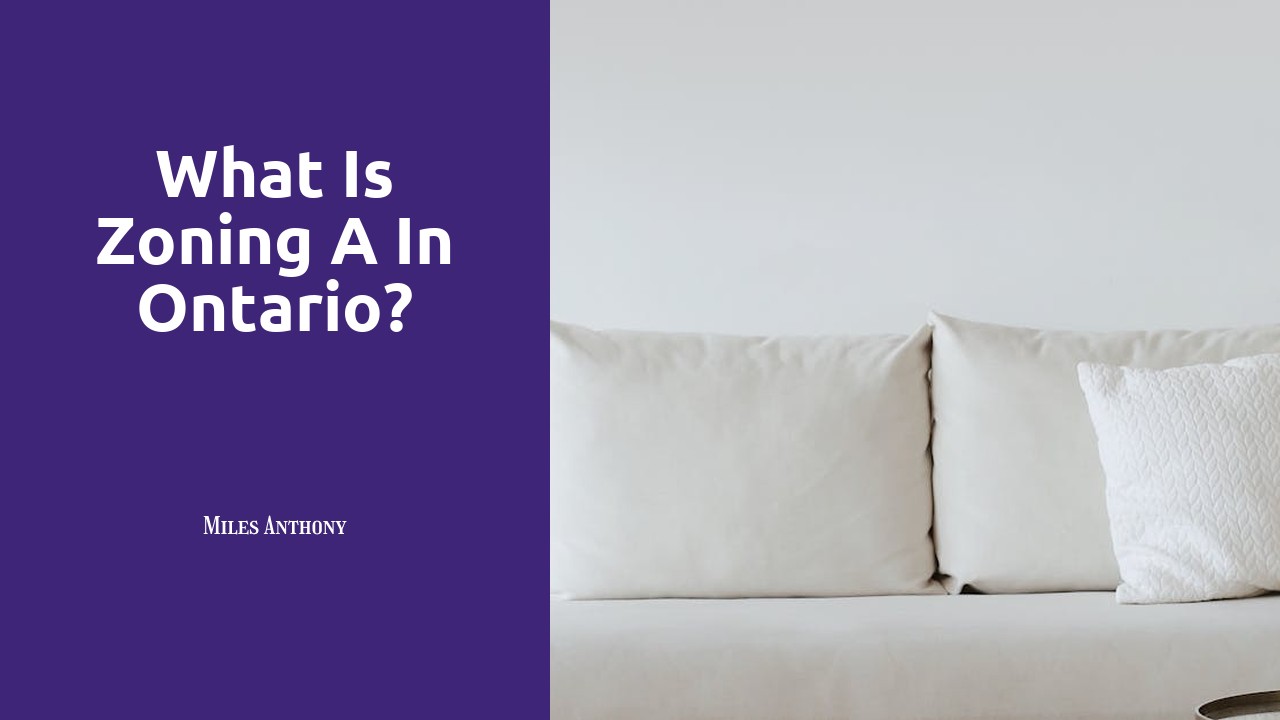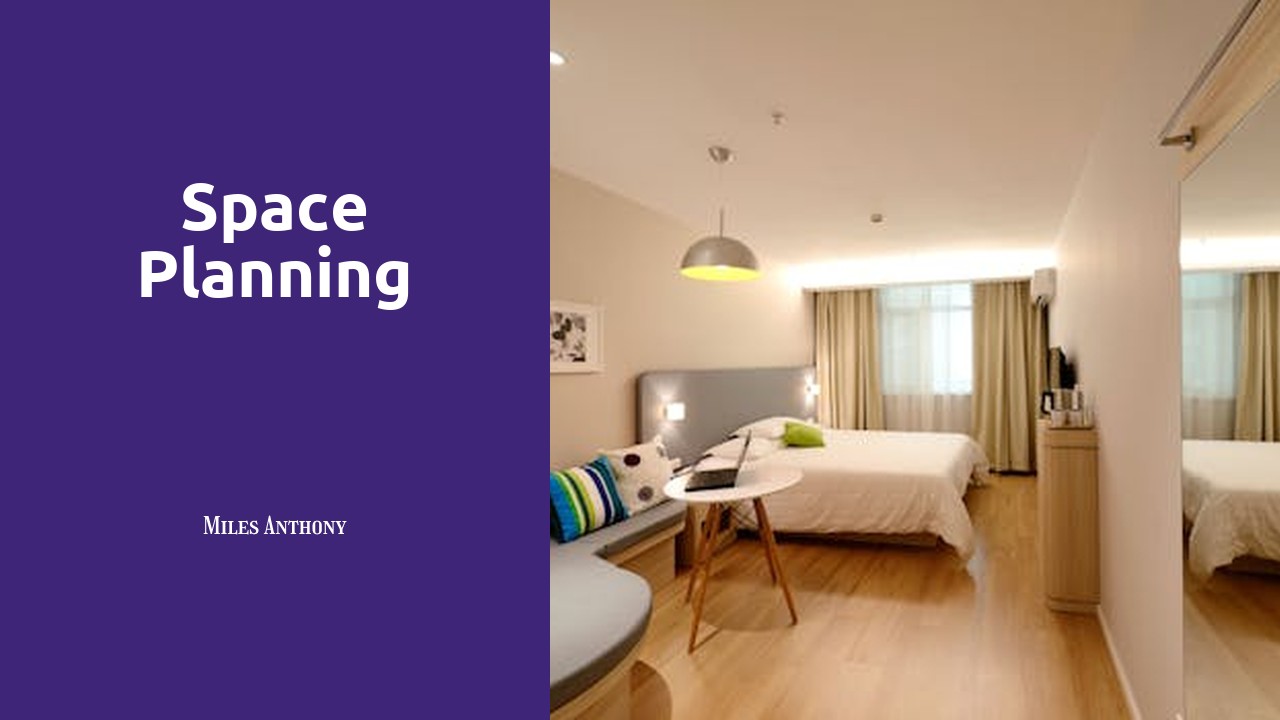
Space Planning
Table Of Contents
Miles Anthony offers professional space planning services to help clients optimize the functionality and aesthetics of their interior spaces. With a keen eye for design and a focus on practicality, Miles Anthony works closely with clients to understand their specific needs and preferences. By carefully considering factors such as traffic flow, furniture placement, and lighting, Miles Anthony creates efficient and visually appealing layouts that enhance the overall look and feel of the space. Whether it's a residential home or commercial workspace, Miles Anthony's expertise in space planning ensures that every inch is utilized effectively to create a comfortable and welcoming environment for all.
Sustainability Considerations
Sustainability considerations are crucial aspects of space planning that cannot be overlooked. When designing a workspace, it is essential to prioritize eco-friendly practices to minimize the environmental impact. This can be achieved through the use of sustainable materials, energy-efficient systems, and waste reduction strategies. By incorporating these elements into the design process, organizations can contribute to a greener future and demonstrate their commitment to environmental responsibility.
Furthermore, sustainability in space planning goes beyond just environmental factors; it also encompasses social and economic considerations. Creating a workspace that promotes employee well-being and productivity is key to a sustainable design. Incorporating features such as natural lighting, improved air quality, and ergonomic furniture not only benefits the environment but also enhances the overall health and satisfaction of employees. By adopting a holistic approach to sustainability in space planning, organizations can create work environments that are not only environmentally friendly but also supportive of the well-being of their workforce.
EcoFriendly Design Solutions
When designing office spaces, incorporating eco-friendly solutions is crucial to reduce the environmental impact of the workplace. One effective approach is to prioritize the use of sustainable materials such as bamboo, reclaimed wood, and recycled metal for furniture and finishes. These materials not only reduce waste but also contribute to a healthier indoor environment for employees.
In addition to using sustainable materials, integrating energy-efficient lighting and HVAC systems can significantly reduce energy consumption, lower utility costs, and minimize the carbon footprint of the office space. Implementing smart technologies like motion-sensor lighting and programmable thermostats can further enhance energy efficiency and create a more sustainable work environment. By embracing eco-friendly design solutions, businesses can demonstrate their commitment to environmental stewardship while creating a healthier and more efficient workspace for their employees.
Health and Safety Compliance
Health and safety compliance within a workspace is crucial for ensuring the well-being of employees and visitors alike. Employers must adhere to strict regulations and guidelines to provide a safe and secure environment. This involves implementing proper equipment, conducting regular safety checks, and offering comprehensive training programs to mitigate any potential risks within the workplace.
Moreover, maintaining a clean and organized workspace is vital for reducing hazards and preventing accidents. Proper ventilation, lighting, and ergonomically designed furniture can contribute significantly to the overall health and safety of individuals working in the space. By prioritizing these aspects, companies demonstrate a commitment to the welfare of their employees while also minimizing the likelihood of workplace incidents.
Creating Secure Work Environments
When it comes to creating secure work environments, businesses must prioritize the safety of their employees through effective planning and design. This includes implementing security measures such as access control systems, surveillance cameras, and alarm systems to deter potential threats and ensure a safe workplace for all staff members. By investing in these security solutions, companies can significantly reduce the risk of security breaches and unauthorized access to their premises.
Furthermore, businesses should also consider the layout of their workspace to promote a secure environment. This may involve strategically positioning workstations and common areas to minimize blind spots and enhance visibility throughout the office. Additionally, incorporating secure storage solutions for confidential documents and personal belongings can further contribute to maintaining a safe and organized work environment. By taking a proactive approach to security planning, organizations can foster a sense of trust and well-being among employees while safeguarding valuable assets and sensitive information.
Aesthetics and Brand Identity
When it comes to space planning, aesthetics and brand identity play a crucial role in shaping the overall environment of a workplace. The design elements used in a space can convey a company's values, culture, and professionalism to both employees and visitors. By strategically incorporating brand colours, logos, and other visual elements, a space can create a cohesive and impactful representation of the organization.
Moreover, the aesthetics of a workspace can significantly influence the mood and productivity of its occupants. A thoughtfully designed environment that reflects the brand's identity can boost employee morale, creativity, and overall satisfaction. When employees feel connected to the space they work in, it can lead to increased loyalty, engagement, and a sense of pride in the organization they represent.
Reflecting Company Culture
Creating a workspace that reflects the unique culture of a company is essential in fostering a sense of belonging and unity among employees. Incorporating elements such as the company's values, mission statement, and brand identity into the design can help to create a cohesive and inspiring environment. From the layout of the office to the choice of furniture and decor, every aspect of the space should be thoughtfully curated to showcase the company's individuality and enhance employee engagement.
By integrating symbols, colours, and designs that are synonymous with the company's culture, employees are more likely to feel connected to their work environment and motivated to perform their best. Whether it's through the use of company logos, slogans, or even specific artwork that embodies the company's ethos, every detail can contribute to a strong sense of identity and pride among employees. Ultimately, a workplace that authentically reflects the company's culture can have a profound impact on employee morale, productivity, and overall job satisfaction.
FAQS
What factors should be considered when designing a sustainable workspace?
Sustainable workspace design should take into account energy efficiency, use of eco-friendly materials, waste reduction strategies, and incorporation of natural light and ventilation.
How can eco-friendly design solutions be implemented in space planning?
Eco-friendly design solutions can be implemented by using recycled materials, energy-efficient lighting, water-saving fixtures, indoor plants for air purification, and promoting sustainable practices among employees.
What are the key health and safety compliance measures to be considered in space planning?
Key health and safety compliance measures in space planning include proper ergonomics for workstations, adequate lighting levels, ventilation systems, fire safety protocols, and accessibility for individuals with disabilities.
How can a secure work environment be created through space planning?
A secure work environment can be created by implementing access control measures, surveillance systems, emergency response plans, secure storage for sensitive information, and ergonomic design to prevent workplace injuries.
In what ways can space planning reflect a company's brand identity and culture?
Space planning can reflect a company's brand identity and culture through the use of brand colors, logos, signage, and visual elements that convey the company's mission, values, and unique identity to employees and visitors.
